The Magic Behind the Magic: Disney Living Characters Explained
There are countless mentions of the mysterious “Disney Living Character Initiative,” but what is it exactly? In late 2016, the reappearance of Muppet Mobile Labs at Epcot reignited curiosity. Some think it’s just the latest in audio-animatronic (AA) upgrades. But maybe Walt said it best back in 1963 while developing the Tiki Room: these aren’t just machines—they’re characters come to life.
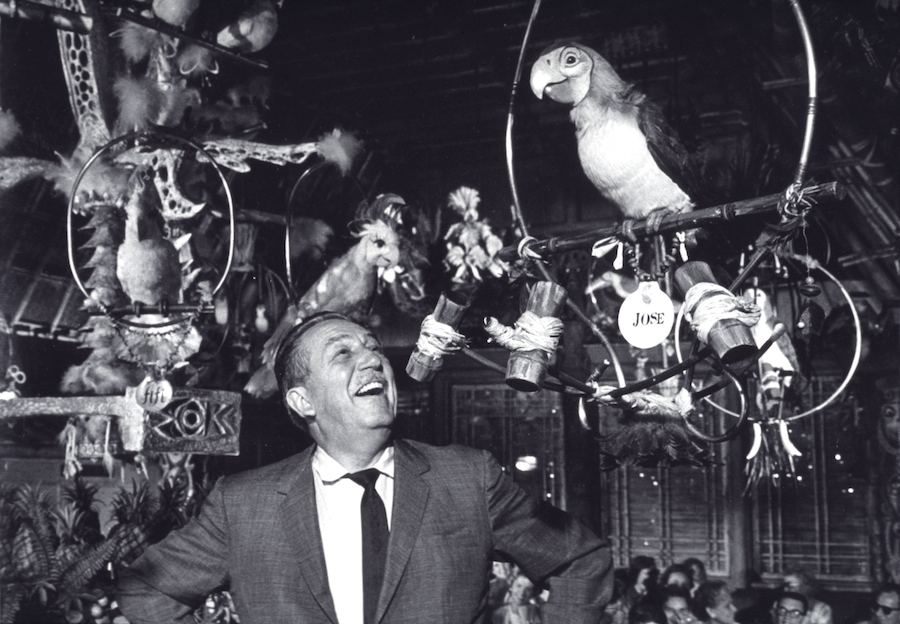
The First Living Character: Lucky the Dinosaur
The initiative kicked off with Lucky the Dinosaur, Disney’s first true living character. At 8 feet tall, Lucky debuted in 2003 at the Natural History Museum of Los Angeles, guided by Chandler the Dinosaur Handler. With vocal interaction, movement, and even the ability to sign autographs, Lucky was more than an upgraded AA. He made park appearances from Disney California Adventure to Animal Kingdom, and helped open Hong Kong Disneyland in 2005.
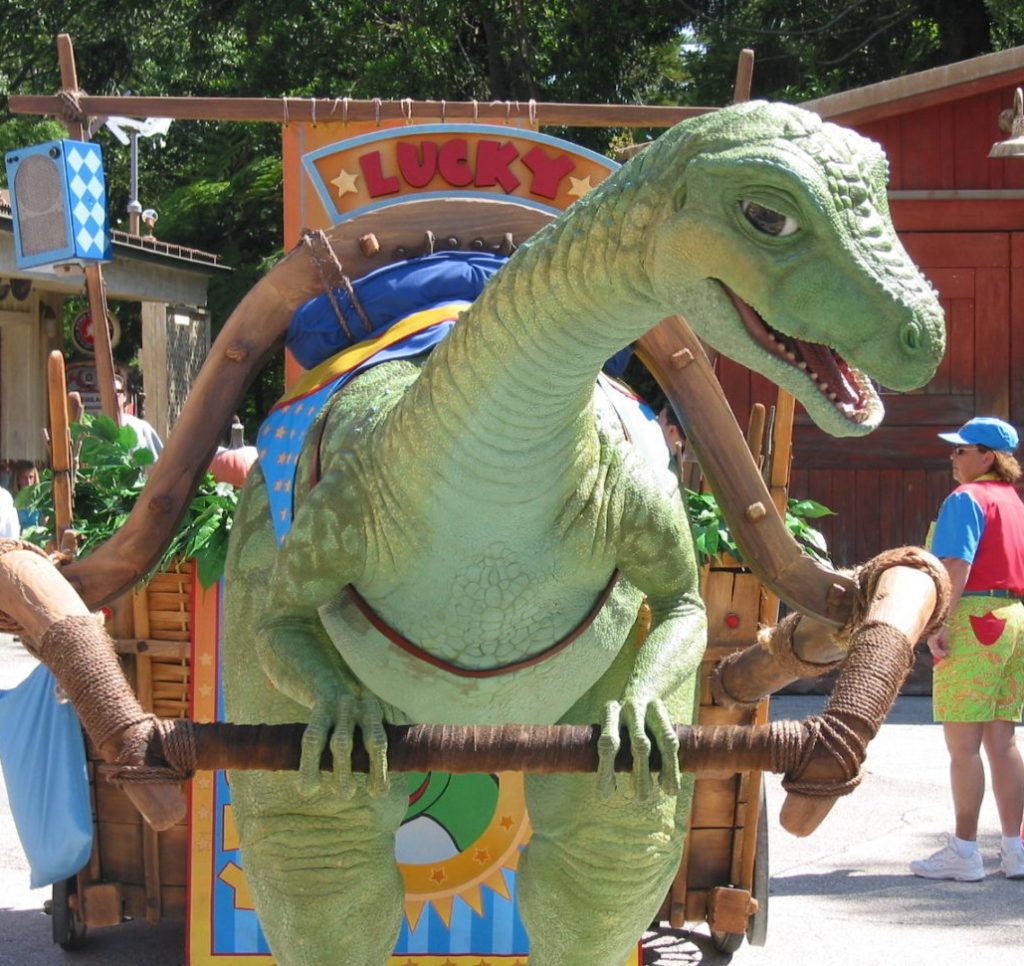
Lucky’s cart was the brains and power behind the experience, hinting that what we see on stage is only part of the story.
Remy, Luxo Jr., and Small-Scale Living Characters
From towering dinos to tiny chefs—Remy from Ratatouille was just 6 inches tall and delighted diners at Les Chefs de France with lively table-side performances through 2009. Around the same time, Luxo Jr., the famous Pixar lamp, danced outside Toy Story Mania at Hollywood Studios. Luxo didn’t last long, possibly due to legal issues, but it showed how Imagineers were experimenting with scale and interactivity.
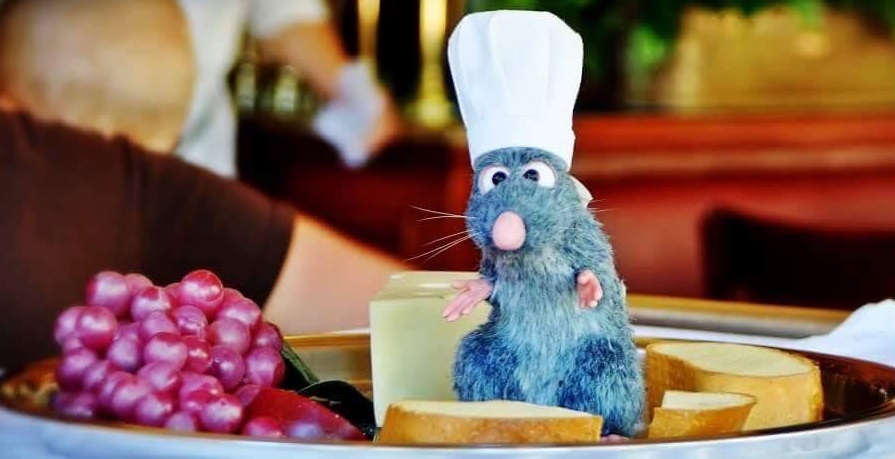
Enter Digital Puppetry: Crush, Stitch, and Laughs
Simultaneously, Disney was developing Digital Puppetry—real-time animation controlled by live performers. From Stitch’s Phone Booth in Disneyland to Turtle Talk with Crush at Epcot (2004), guests could speak directly to animated characters. A hidden puppeteer provided real-time responses through sophisticated tech. Similar setups followed in Monsters Inc. Laugh Floor (2007), Stitch Encounter (Paris), and even Disney Cruise Line’s Animator’s Palate.
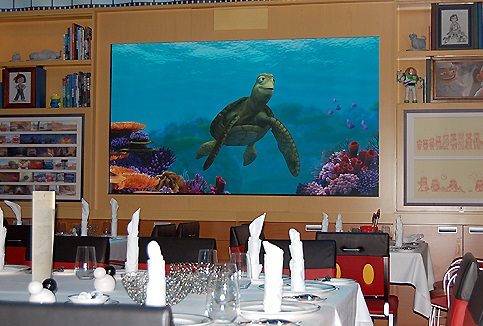
Talking Mickey and the Fab Four
By 2006, Mickey, Minnie, Donald, and Goofy were blinking and talking on stage in “Dream Along with Mickey.” Then came Talking Mickey—a park meet-and-greet character capable of real conversation. Debuted with Bob Iger during 2010’s “World of Color” premiere, the tech behind it was stunning. A research paper dated October 2011 aligned suspiciously with Mickey’s Town Square Theater residency.
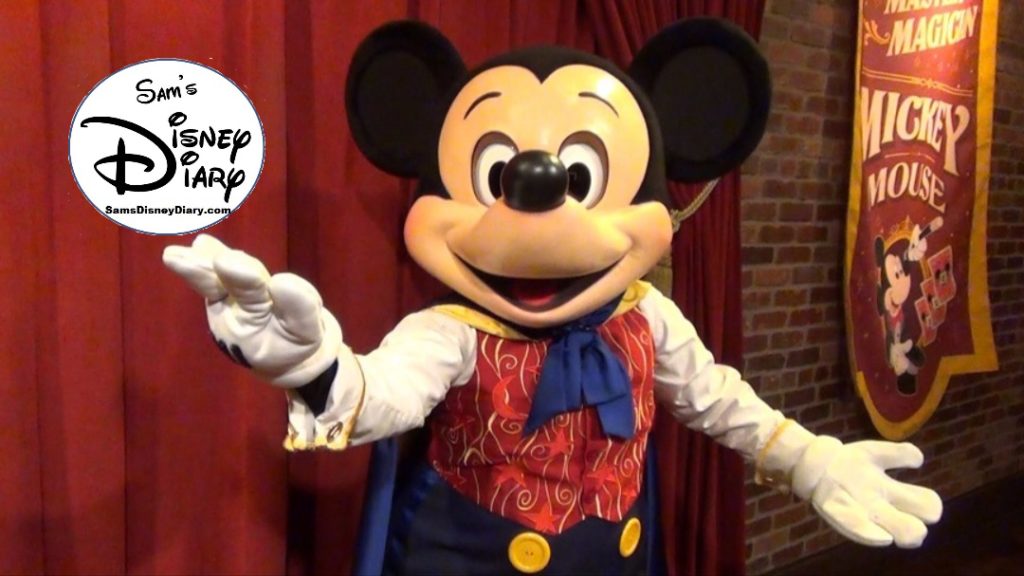

D23 Surprises: Destini the Fortune-Telling Robot
At the 2011 D23 Expo, Mickey wasn’t the only marvel. Enter The Great Destini, a fortune-telling robot powered by artificial intelligence, face recognition, and advanced sensors—no human operator involved. Destini showed the future wasn’t just coming—it was already here.

Muppet Mobile Labs: Peak Living Character
The return of Muppet Mobile Labs in Epcot (2016) brought everything full circle. Originally launched in 2007, the labs were free-roaming, interactive, and operated with no visible performers. Complete with confetti cannons and water jets, the show was entirely immersive. Developed by Walt Disney Imagineering R&D, it won the Thea Award for Outstanding Technical Achievement in 2009.
The Bigger Picture: More Than Just Animatronics
The Living Character Initiative blends audio-animatronics, digital puppetry, AI, projection mapping, and live interaction. It’s present in:
- Buzz Lightyear’s interactive queue
- The Seven Dwarfs Mine Train
- Frozen Ever After’s expressive faces
- And possibly, the future of Star Wars or Avengers Campus
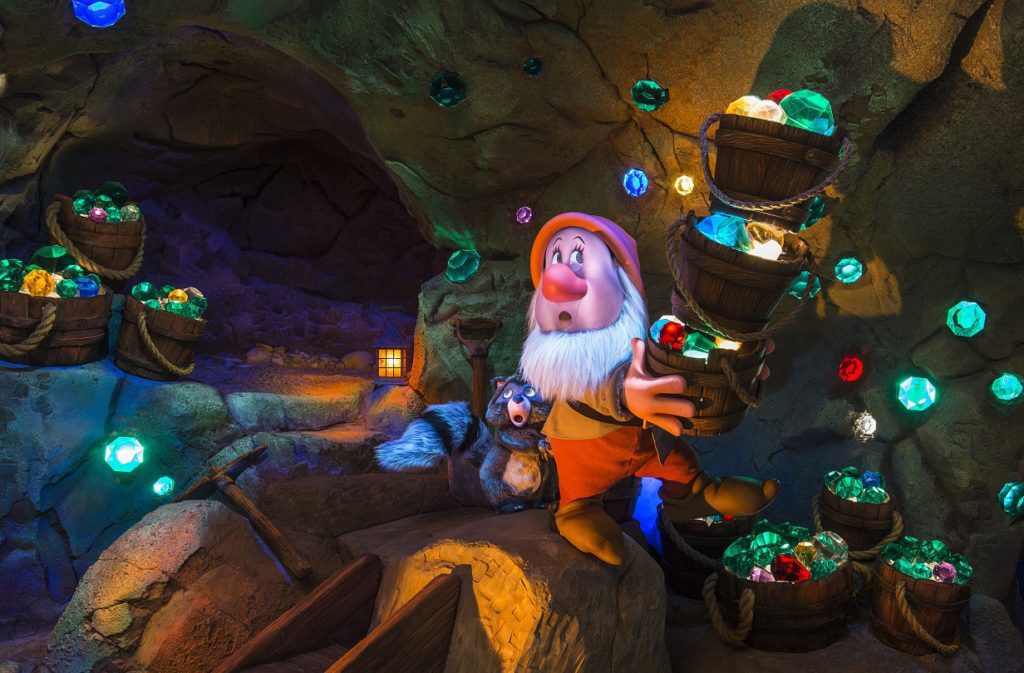
The Final Question: What’s Next?
From Lucky the Dinosaur to Muppet Mobile Labs, Disney’s Living Character Initiative has constantly evolved. As technology advances, the magic becomes more seamless. We’ve already seen glimpses—BDX droids, Marvel stuntbots, and even Spider-Man aerial animatronics.
So what’s next? Whatever it is, you can bet it’ll be magical. Be sure to check out the full video below, it’s a labor of love that took a long time to edit!

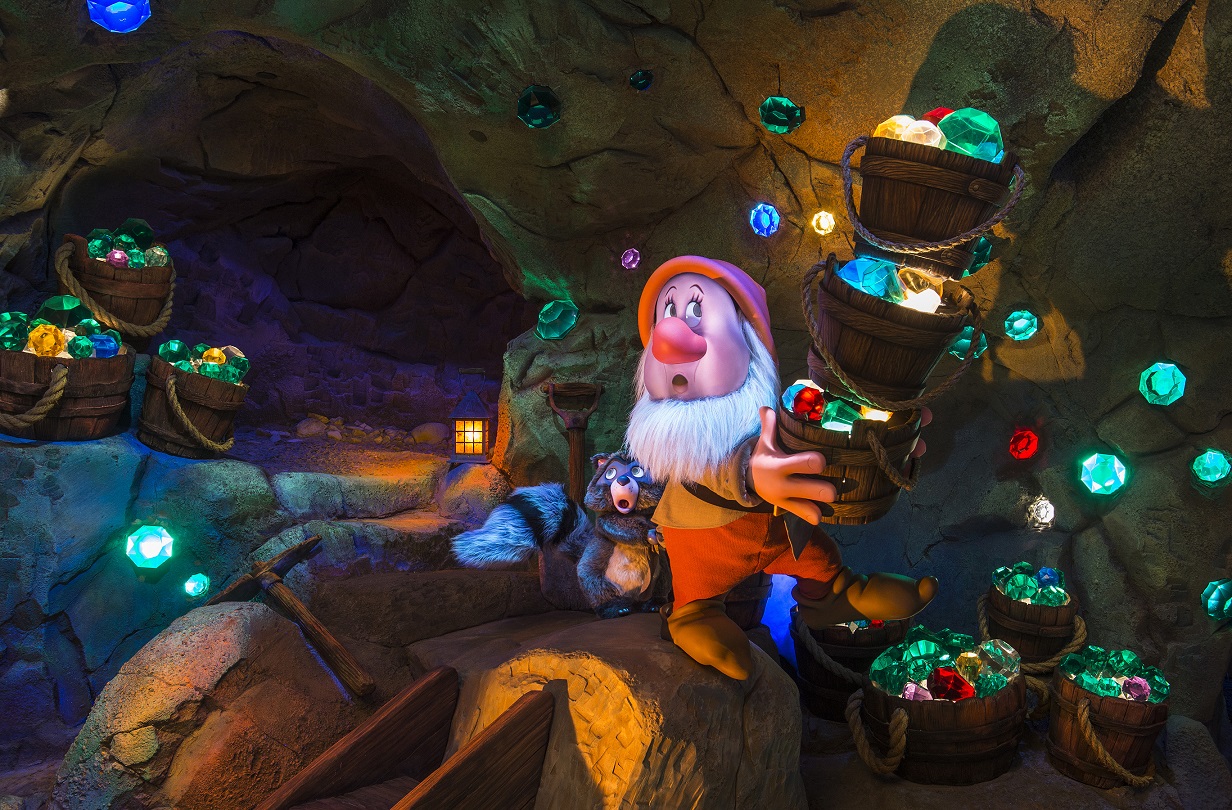
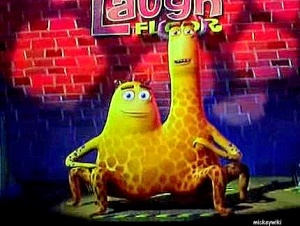

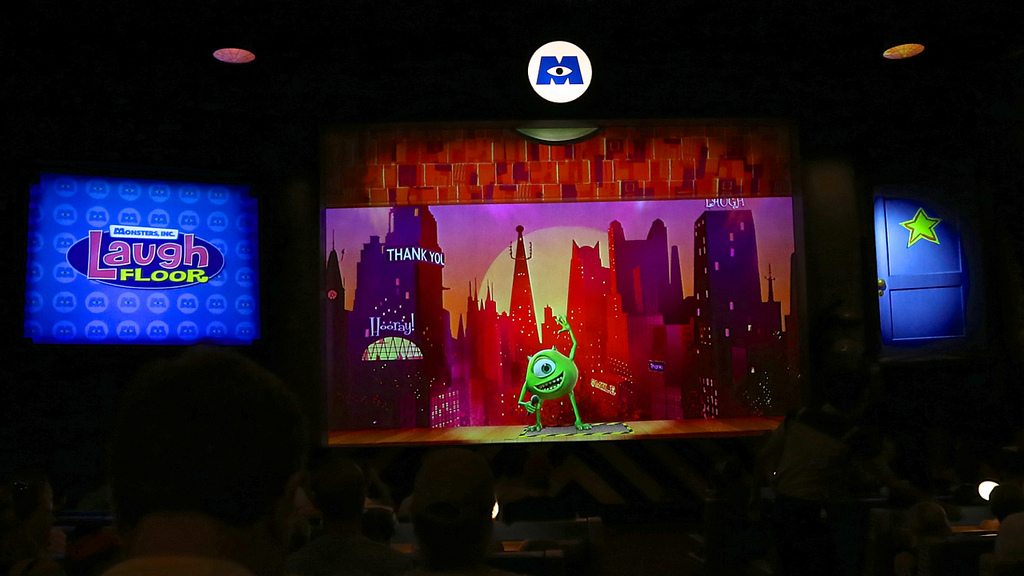

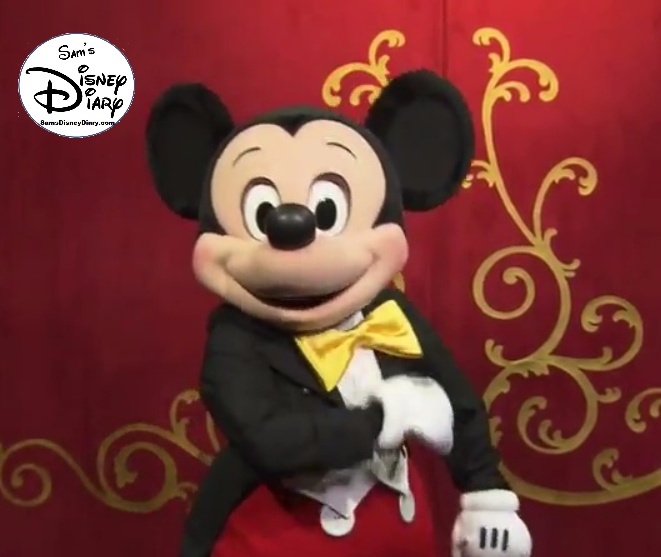
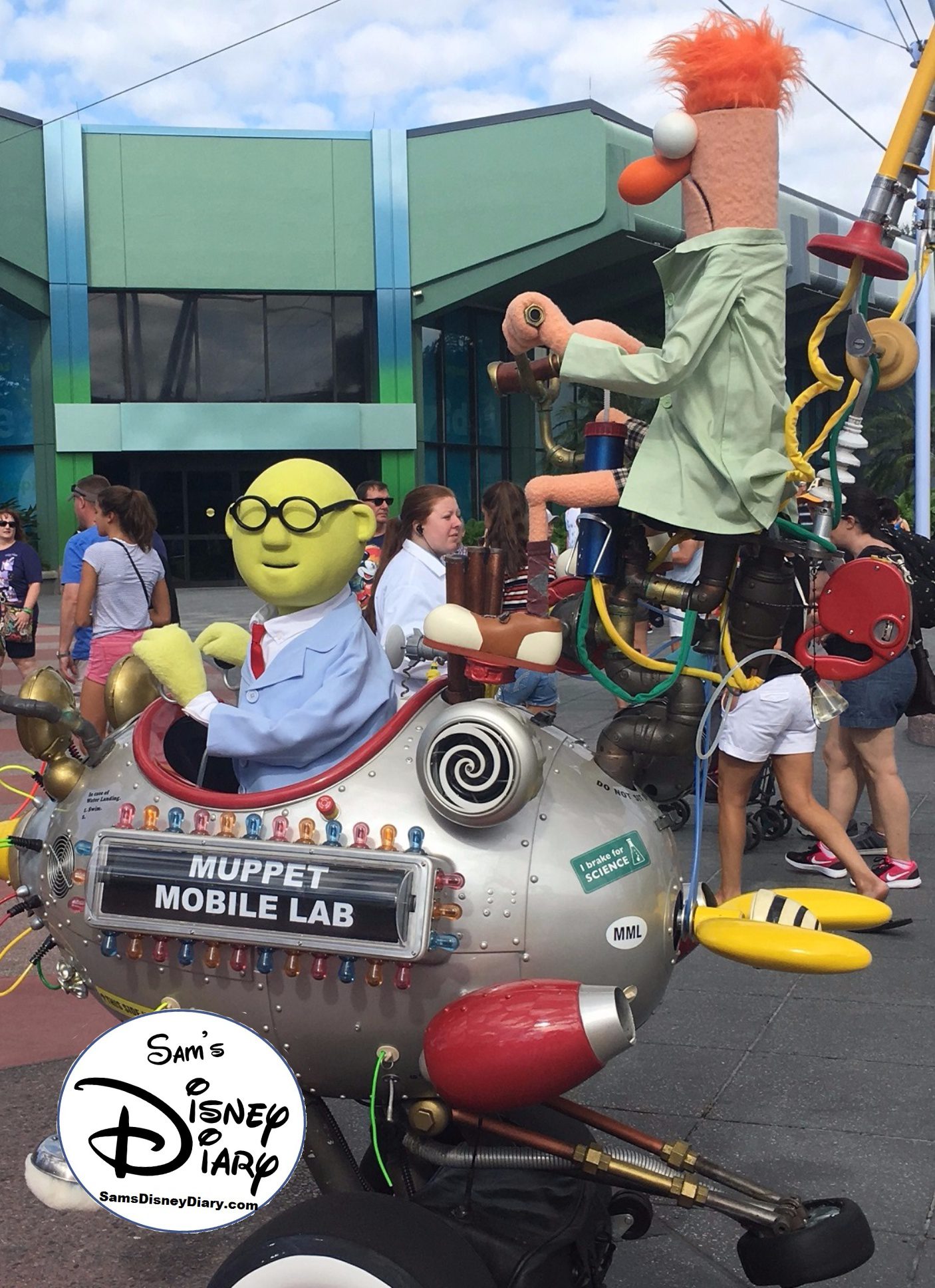
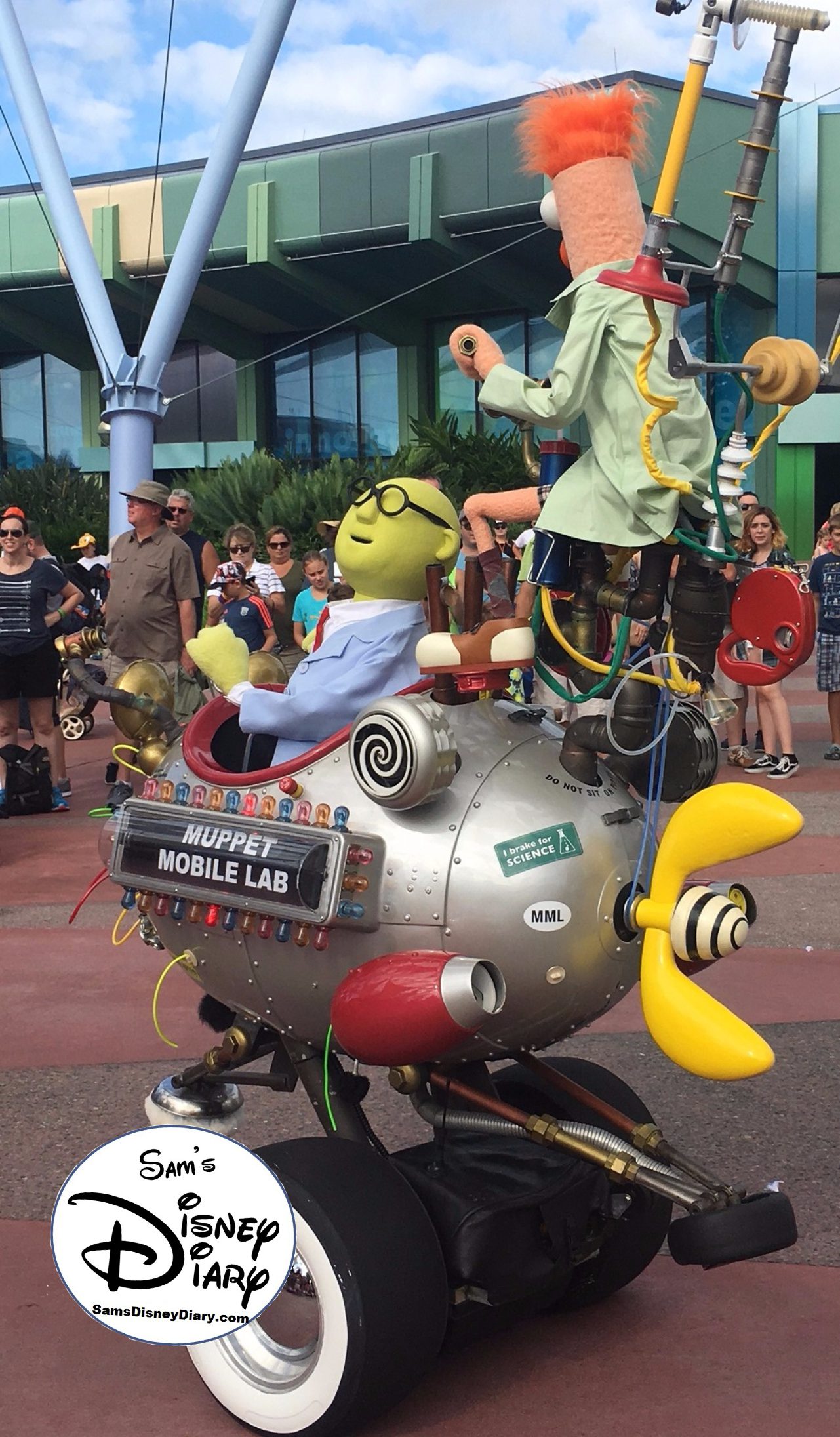
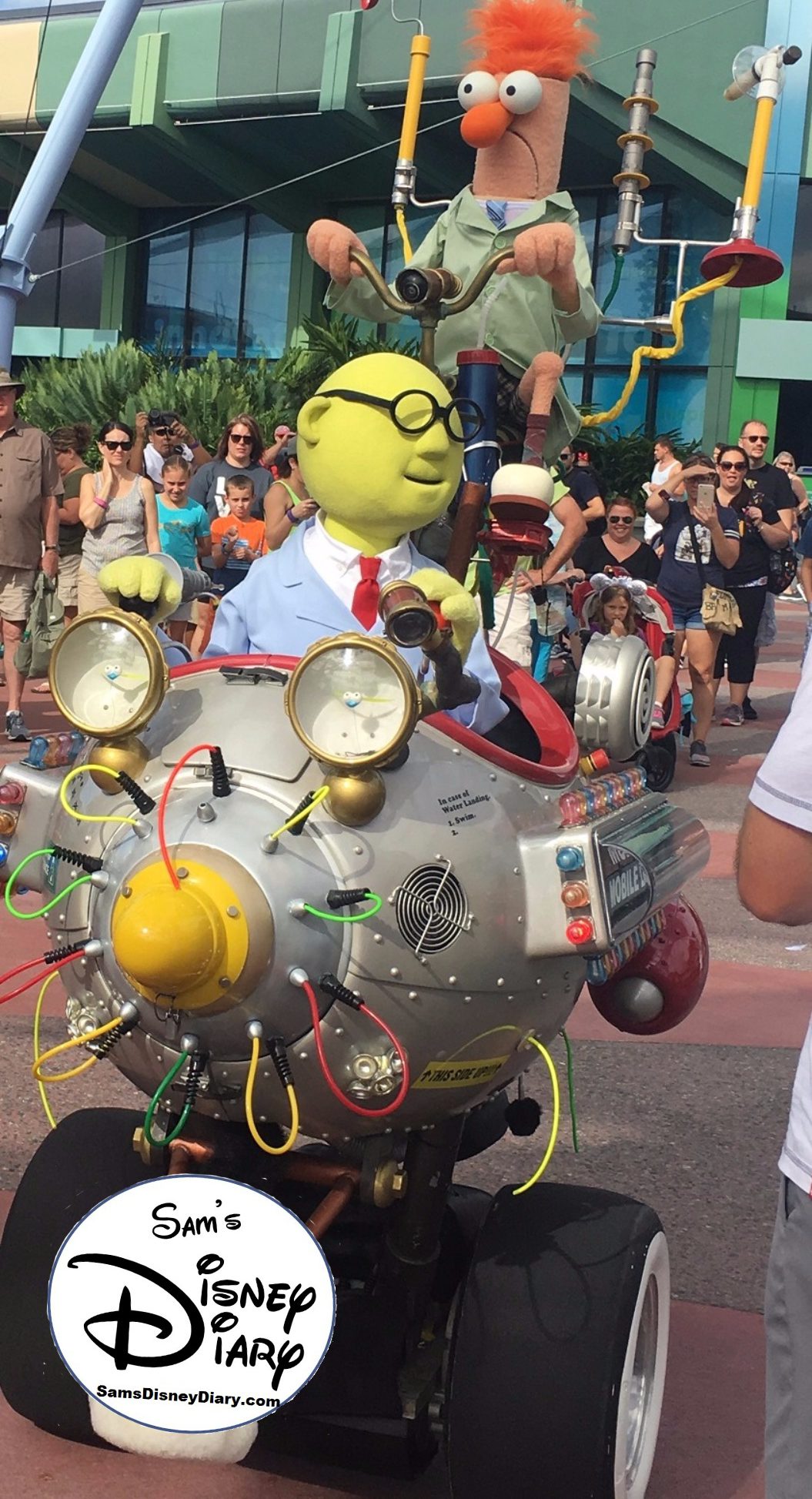
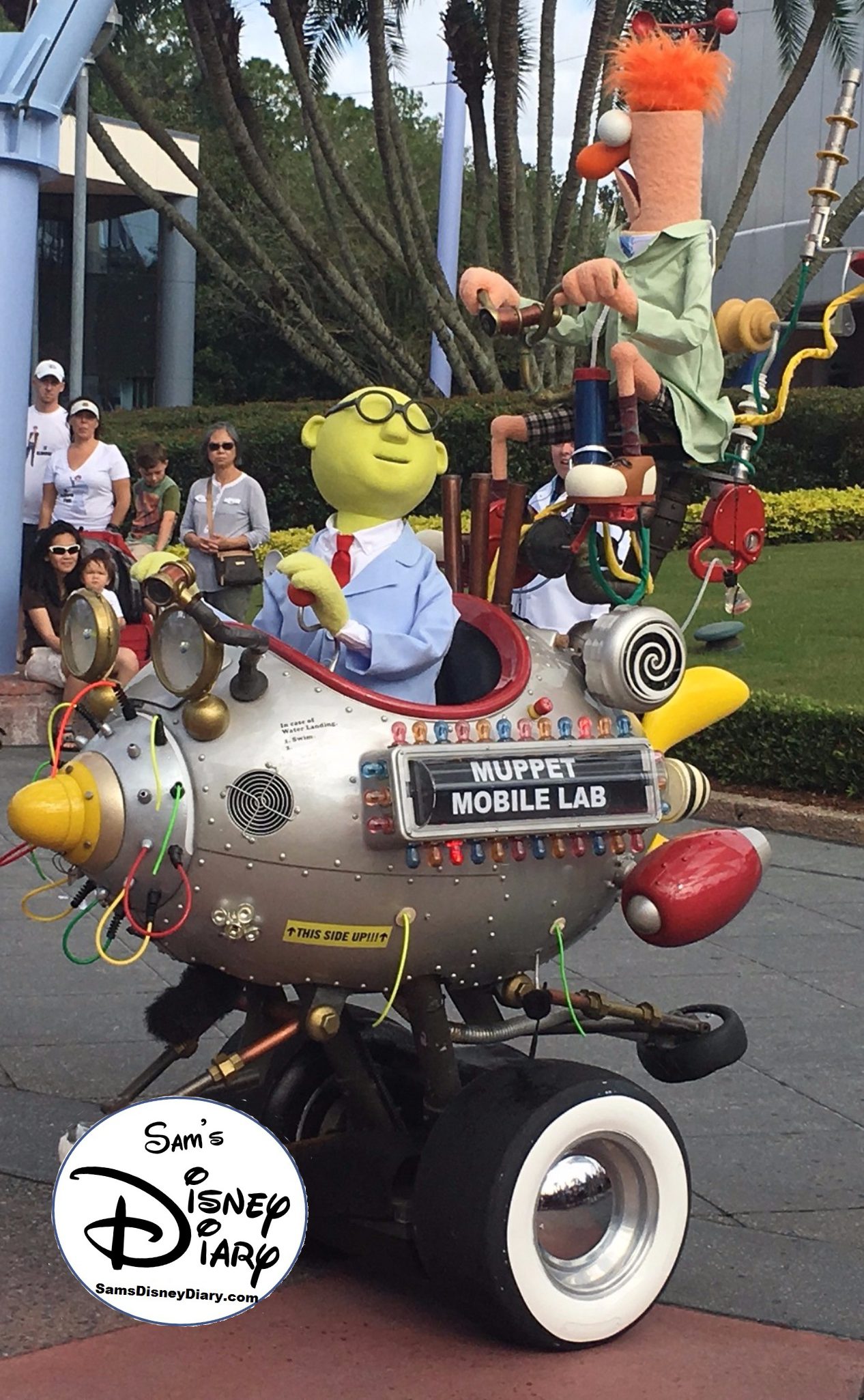
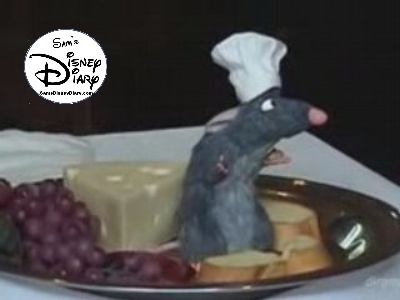
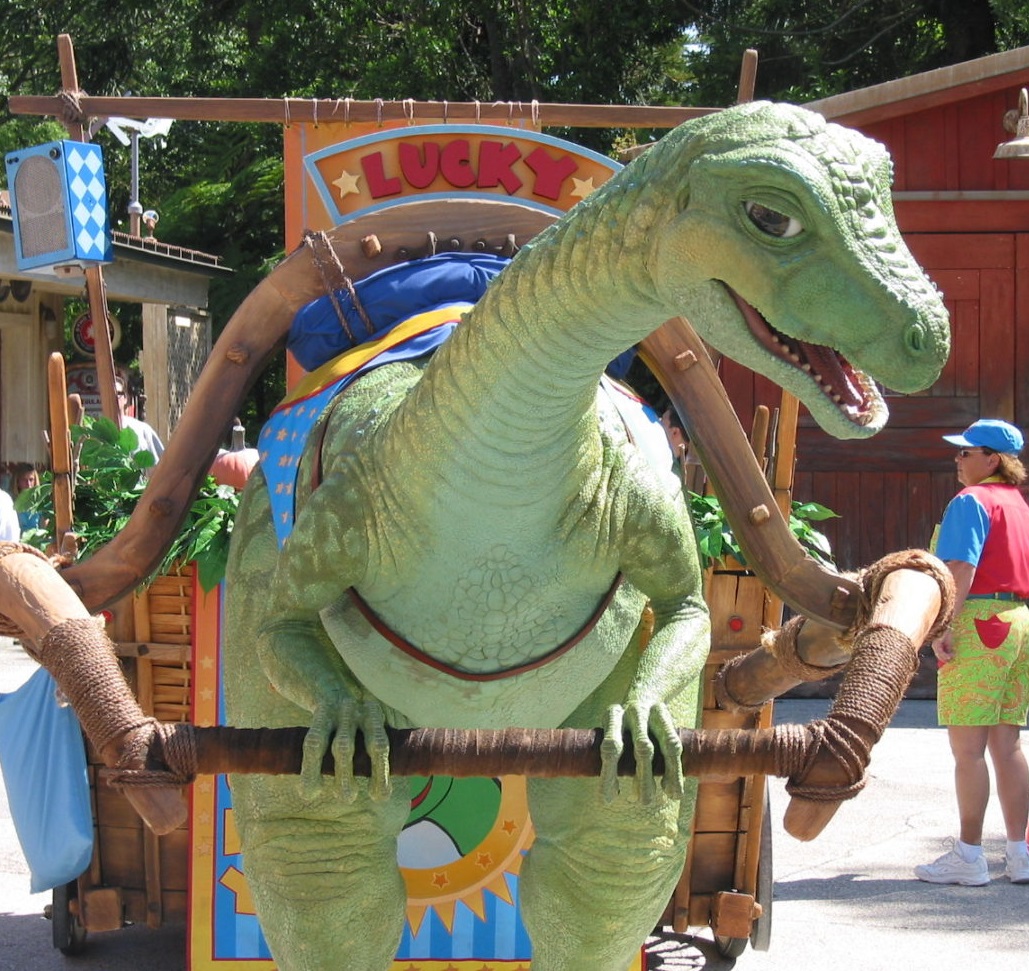
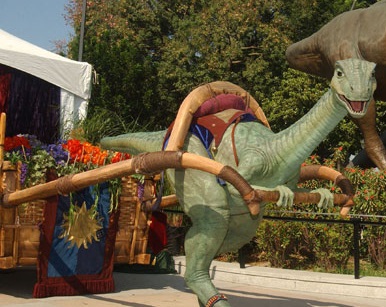
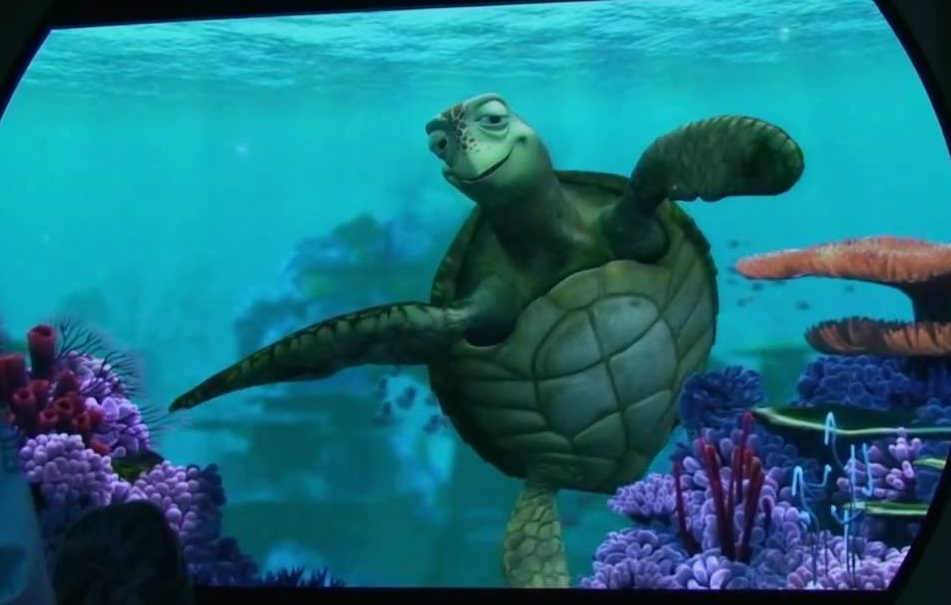
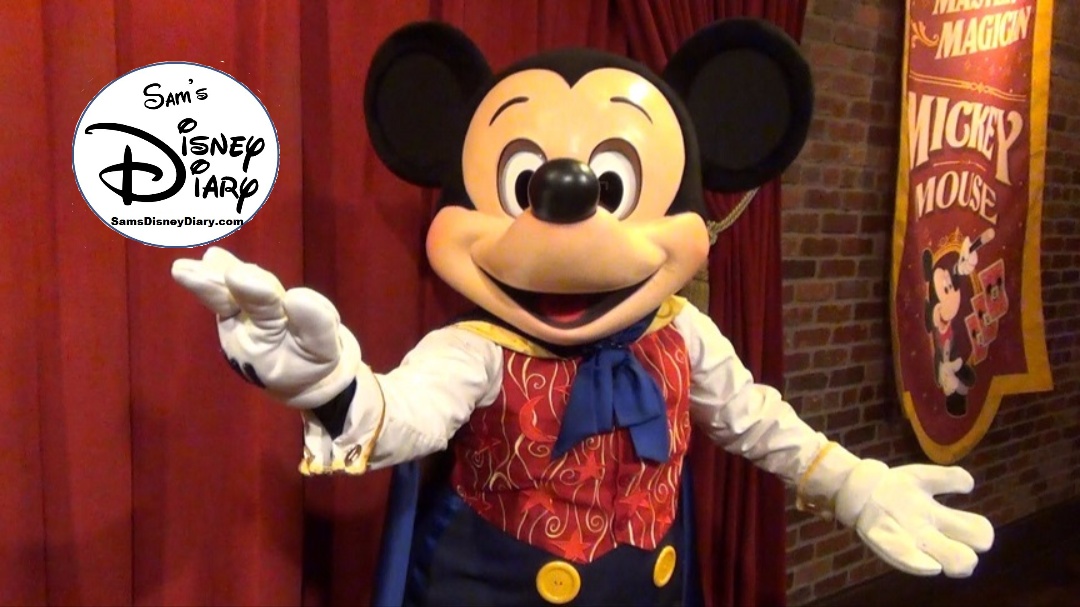

… [Trackback]
[…] Informations on that Topic: samsdisneydiary.com/88-what-is-the-living-character-initiative/ […]